Energy citizenship: Europe’s communities forging a low-carbon future
Europe’s swift transition to a sustainable, low-carbon future will not happen without the engagement and involvement of citizens producing and consuming energy locally, experts say – and across the continent, there are signs it is happening.
A summer of wildfires, drought and record heatwaves fuelled by climate breakdown has combined with soaring gas and electricity prices, following Russia’s invasion of Ukraine, to inject a new urgency into the switch to alternative, renewable sources.
From solar panels in the Netherlands to biomass burners in Spain, communities across Europe are increasingly making, consuming and selling their own energy, a trend the EU sees as vital if the bloc is to meet its climate targets.
According to the latest data, 2 million Europeans are now involved in 7,000 local energy communities across the continent, with numbers growing rapidly since EU directives promoting clean energy and energy communities were introduced in 2018 and 2019.
They will be key to Europe’s green transition because, as heat pumps replace gas boilers and electric vehicles supplant internal combustion engines, highly centralised electricity production and distribution systems – power stations and grids – will simply not be able to adequately handle the huge increase in demand.
“At least, not on their own,” said Gonçalo Mendes, a senior researcher and energy systems modeller from LUT University in Finland and part of a European Commission-funded initiative, GRETA, working to define and enable what it has dubbed “energy citizenship”.
The only way forward, Mendes said, is “to decentralise more and more, produce and consume more energy locally with sources like solar and wind – and boost storage and smart solutions for efficient energy
Read more on theguardian.com




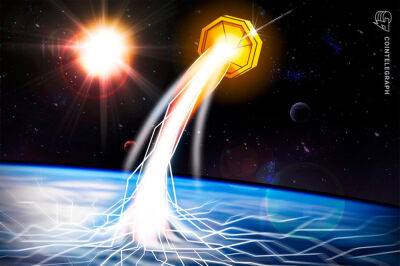
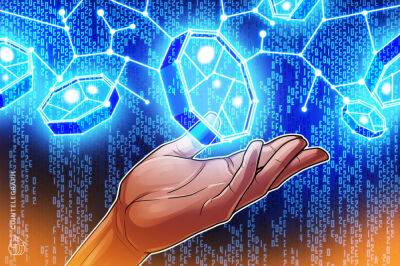

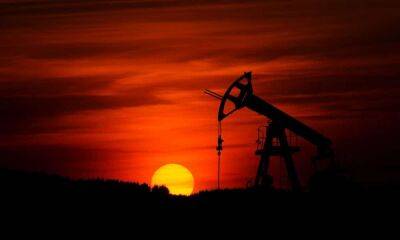
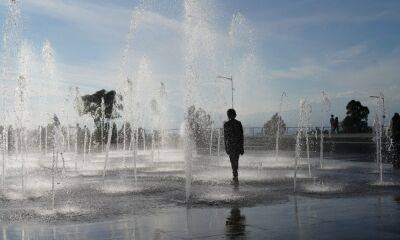
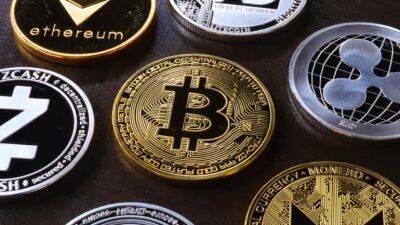

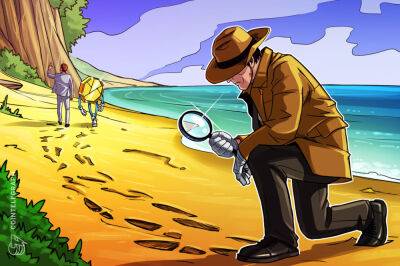





![John Bollinger - Will Litecoin [LTC] breakout after this analyst claims it has been held prisoner - ambcrypto.com - Usa](https://finance-news.co/storage/thumbs_400/img/2022/9/28/42709_v7cw.jpg)
